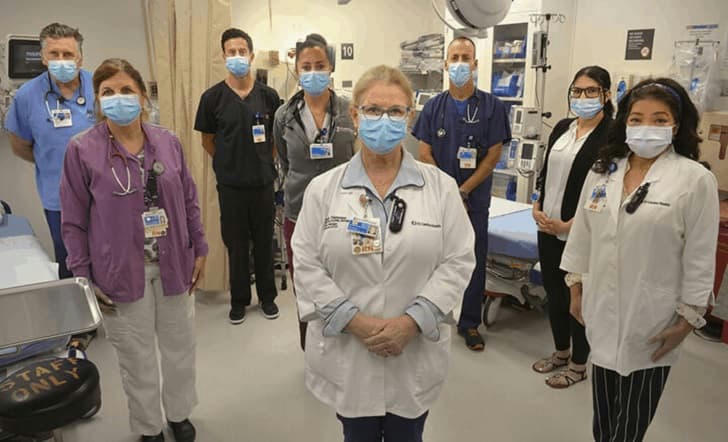Ten Channels To Get Free Lpn Nurses
Licensed Practical Nurses (LPNs) are essential to patient care, but finding qualified LPNs can be expensive, especially for healthcare facilities with limited budgets. While it's rare to find completely free LPN services, there are several strategies to access LPNs at little to no cost. Here are ten potential channels to access LPN services for free or at a reduced cost.

1. Nursing Schools and Clinical Internships
Partnering with nursing schools for internships or clinical rotations allows healthcare facilities to host nursing students who need hands-on experience. These students, supervised by licensed professionals, can perform basic tasks like taking vital signs and assisting with patient care. While not fully licensed, they provide valuable support and learn practical skills.
2. Volunteer Programs
Some LPNs volunteer their time for charitable causes, public health initiatives, or gaining experience. Nonprofits and community health centers often rely on volunteers to deliver basic patient care, including medication administration, wound care, and patient mobility support. Volunteer programs can provide healthcare organizations with free assistance, especially during crises or in underserved areas.
3. Government and Nonprofit Grants
Certain government and nonprofit grants fund healthcare services in underserved areas. Healthcare organizations can use these funds to hire LPNs or offer subsidized care. Grants typically focus on addressing healthcare shortages in rural or low-income areas, and they may provide LPN staffing at a reduced cost or free of charge.
4. Subsidized Staffing through Agencies
Staffing agencies may offer subsidized or discounted LPN services through partnerships with public health programs or government initiatives. These agencies may provide affordable staffing solutions for healthcare facilities located in areas with high needs. The costs are often offset by state or federal funding, making it a cost-effective option.
5. Health Professional Shortage Area (HPSA) Programs

Healthcare facilities in Health Professional Shortage Areas (HPSA) may access federal funding or staffing incentives to hire LPNs. These areas face severe shortages of healthcare providers, and the government offers financial incentives to attract professionals to these regions. LPNs working in HPSA-designated areas may receive support through loan forgiveness or reduced-cost staffing programs.
6. Job Shadowing and Apprenticeships
Job shadowing and apprenticeship programs allow nursing students or new LPN graduates to gain hands-on experience under the supervision of experienced nurses. These LPNs may not be fully licensed but can assist with basic tasks, helping to reduce staffing burdens while gaining valuable experience. These programs are mutually beneficial for both the LPNs and healthcare providers.
7. Military and Veteran Nurse Programs
Many military veterans are trained as healthcare professionals, including LPNs, through their service. Veterans Affairs (VA) and other programs help veterans transition to civilian healthcare roles. Healthcare organizations can access LPNs through these programs, often at no cost, while providing veterans with career opportunities and support.
8. Corporate Social Responsibility (CSR) Programs
Some corporations, especially those in healthcare, have corporate social responsibility (CSR) programs that support community health initiatives. Through these programs, LPNs may volunteer their time or be employed by organizations providing free healthcare services in underserved communities. Healthcare providers can benefit from these partnerships to meet staffing needs at little or no cost.
9. Public Health Programs
State and local public health departments may offer LPN services through health campaigns, immunization programs, and disease prevention efforts. These programs often employ LPNs to assist with vaccination drives, screenings, or maternal health services, and healthcare providers can access these services without incurring staffing costs.
10. Nonprofit and Charitable Organizations
Many nonprofit organizations operate free or low-cost clinics and health fairs that rely on volunteer LPNs. These organizations provide healthcare services to underserved populations and often offer opportunities for LPNs to volunteer or work at reduced rates. Healthcare providers partnering with these organizations can access LPN staffing while supporting the community.

Conclusion
While finding free LPN services is challenging, several channels provide opportunities to access qualified LPNs at little or no cost. By leveraging nursing school internships, volunteer programs, government grants, public health initiatives, and nonprofit collaborations, healthcare facilities can address staffing needs without exceeding their budgets. These strategies not only help provide patient care but also offer LPNs valuable experience and the chance to contribute to their communities.
